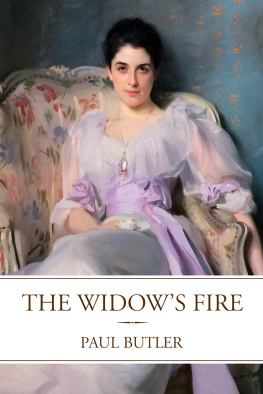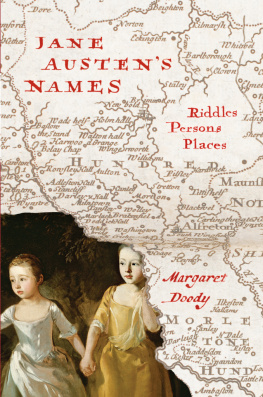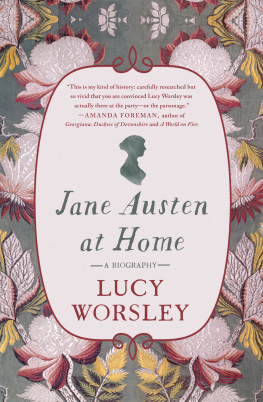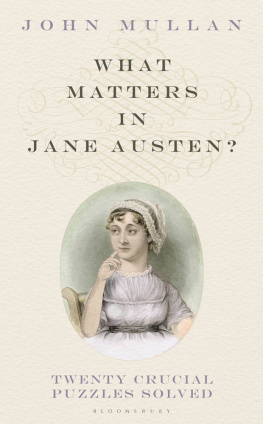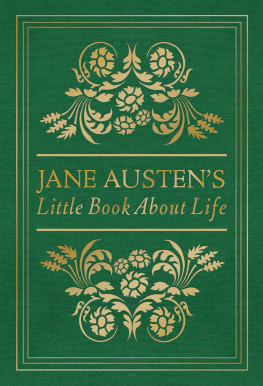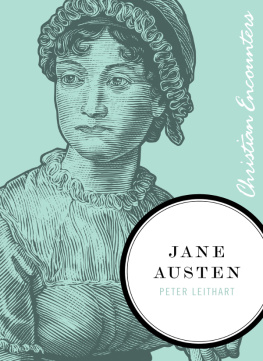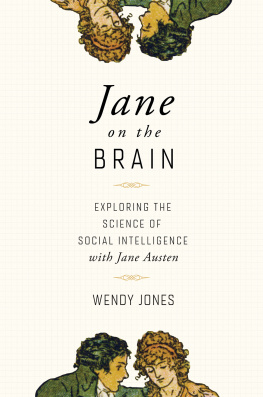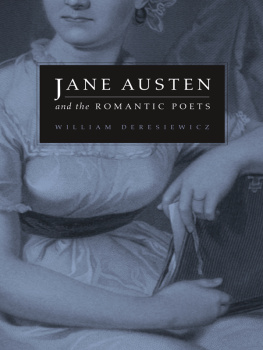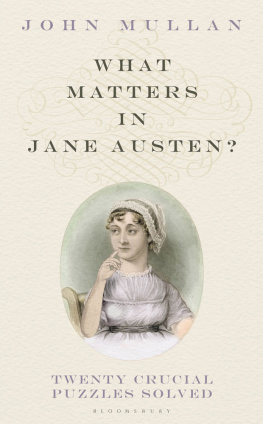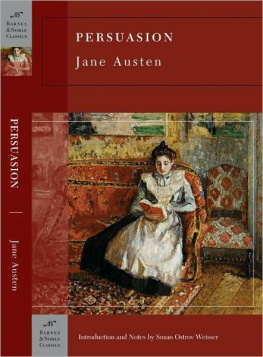THE WIDOWS FIRE
THE WIDOWS FIRE
a novel by
PAUL BUTLER

INANNA PUBLICATIONS AND EDUCATION INC.
TORONTO, CANADA
Copyright 2017 Paul Butler
Except for the use of short passages for review purposes, no part of this book may be reproduced, in part or in whole, or transmitted in any form or by any means, electronically or mechanically, including photocopying, recording, or any information or storage retrieval system, without prior permission in writing from the publisher or a licence from the Canadian Copyright Collective Agency (Access Copyright).

We gratefully acknowledge the support of the Canada Council for the Arts and the Ontario Arts Council for our publishing program. We also acknowledge the financial support of the Government of Canada through the Canada Book Fund.
Front cover artwork: John Singer Sargent, Lady Agnew of Locknaw, 1892, oil on canvas, 127 cm x 101 cm. Scottish National Gallery, Edinburgh. Purchased with the aid of the Cowan Smith Bequest Fund, 1925.
Cover design: Val Fullard
eBook: tikaebooks.com
The Widows Fire is a work of fiction. All the characters portrayed in this book are fictitious and any resemblance to persons living or dead is purely coincidental.
Library and Archives Canada Cataloguing in Publication
Butler, Paul, 1964-, author
The widows fire / a novel by Paul Butler.
(Inanna poetry & fiction series)
Based on: Persuasion / Jane Austen.
Issued in print and electronic formats.
ISBN 978-1-77133-405-1 (softcover).-- ISBN 978-1-77133-406-8 (epub).--
ISBN 978-1-77133-407-5 (Kindle).-- ISBN 978-1-77133-408-2 (pdf)
I. Title. II. Series: Inanna poetry and fiction series
PS8553.U735W54 2017 C813.6 C2017-900305-4
C2017-900306-2
Printed and bound in Canada
Inanna Publications and Education Inc.
210 Founders College, York University
4700 Keele Street, Toronto, Ontario, Canada M3J 1P3
Telephone: (416) 736-5356 Fax: (416) 736-5765
Email:
To literary women from three generations:
Anne Frances Butler
Maura Catherine Hanrahan
Jemma Rachel Violet Butler
ALSO BY PAUL BUTLER
The Good Doctor
Titanic Ashes
Cupids
Hero
1982
St. Johns: City of Fire
NaGeira
Eastons Gold
Easton
Stokers Shadow
The Surrogate Spirit
[Mrs. Smith] was a widow and poor. Her husband had been extravagant; and at his death, about three years before, had left his affairs dreadfully involved. She had had difficulties of every sort to contend with, and in addition to these distresses had been afflicted with a severe rheumatic fever. She had come to Bath on that account, and was now in lodgings near the hot baths. Everybody of any consequence or notoriety in Bath was well known by name to Mrs. Smith.
from Persuasion, by Jane Austen
PROLOGUE BY CAPTAIN FREDERICK WENTWORTH
If you think you know about Anne Elliot and me, you are deceived. The facts in the now-celebrated novel may, in some bare essentials, resemble events which took place in Somerset during the autumn, winter, and spring of 1814 to 1815, but the teller was far removed from her subjects. The authors intelligence had been gathered from private letters sent to her by Anne Elliot, who was Miss Austens friend. Miss Austen was not alone; upon Annes astute but generous discernment, many people justly relied. In this one instance, however, Anne was more in the dark than anyone could have guessed. It pains me now to acknowledge the degree to which I am to blame for her ignorance.
At the time of her reports, Anne had every right to feel confidence in me as a sterling character, representative of all that was noble and self-sacrificing about His Majestys Royal Navy. How it smarts to think about it now! From the happy distance of literature, a version of our story was woven for the public and its theme was simple: undying romantic love and its final triumph over circumstances. In some respects, this is fitting enough; love was intimately involved with all of us in one way or another. But love has so many faces, and for those whose vocation demands voyage to faraway corners of the globe, there is a special paradox: once love has been glimpsed, once we have been pushed from the pinnacle of happiness, we search for that most elusive of sensations, that ghost-essence of heaven, not in a single human form, but in all things.
In the year 1807, Anne, then nineteen years old and under the influence of her older and formidable friend, Lady Russell, broke off our engagement. Despondent and angry, I threw myself into my naval career, only half aware that I would find myself searching for her face in the statues of Isis, yearning to hear her voice behind the tumultuous roar of the Indian Ocean. Hints of her were everywhere, in the unexpected grace of a Lisbon washerwoman as she balanced her basket on her hip, in the dark eyes of a Ceylonese peasant girl scratching the ground with her stick. But while bound for Canton aboard the Laconia , with the opium fumes wafting around my shoulders, I came closer than ever to her replica in human form; he was a young midshipman called Oliver Mason.
The memory of my first trespass into a forbidden world remains as indelibly real as my own heartbeat: on the table between us the opium pipe rolling then rolling back again in the swell, the heat of Oliver Masons skin under my palm, confusion and yearning in his dark eyes. But fear not, dear reader. Though we will journey into capital crimes and sins of the deepest disgrace known to humankind, love, in all its variations, will remain in our sights. The neatly patterned shell of romance might overturn to reveal the dark underbelly of blackmail and desire, but still love remains. Without love we are no longer living and our story is at an end.
None of the dark and desperate deeds to which I allude were ever conveyed to the original author because at the time of her letters to Miss Austen, Anne herself was oblivious. Indeed, if I alone had been the deceiver, Anne might have remained protected forever from knowledge of those things with the power to destroy her world and mine.
But as you will discover, I was not the only one in Somerset to know about Oliver Mason. This other person was as innocuous-seeming as any who lived. An old school friend of Annes, a widow, a known invalid in straightened circumstances, she had access to the innermost chambers of Anne Elliots trust. And she had access to so much more. Her name was Mrs. Adeline Smith and this is as much her story as it is anyones.
PART I
MRS. SMITH
S O IT COME S TO ME, dear reader, to commence this story of Anne Elliot and Captain Wentworth. So be it. But, first, let me crave your indulgence as I mean to reveal something of myself and, more pertinently for you, some measure of that rare and delicate bond of partiality that had united Anne and me long before that winter in Bath.
Imagine, if you will, a girls school in a remote Somerset location in December of 1801. This is not a charitable institution with freezing dormitories for sleeping and ice-rimmed water for washing, but rather a large, comfortable home with elegant wall coverings and freshly upholstered chairs. Here the daughters of squires, clergy, and minor nobility sleep three to each well-appointed bedroom and learn fine needlework, music, and Latin. A white portico entrance and a faade of geometrically-patterned red brick reveal a combination of styles much in favour at the time. While this establishment is too exclusive to boast a school motto, the phrase fashion, not austerity might best epitomize both the aspect of the house as viewed from the outside and the mode of education practised within.

